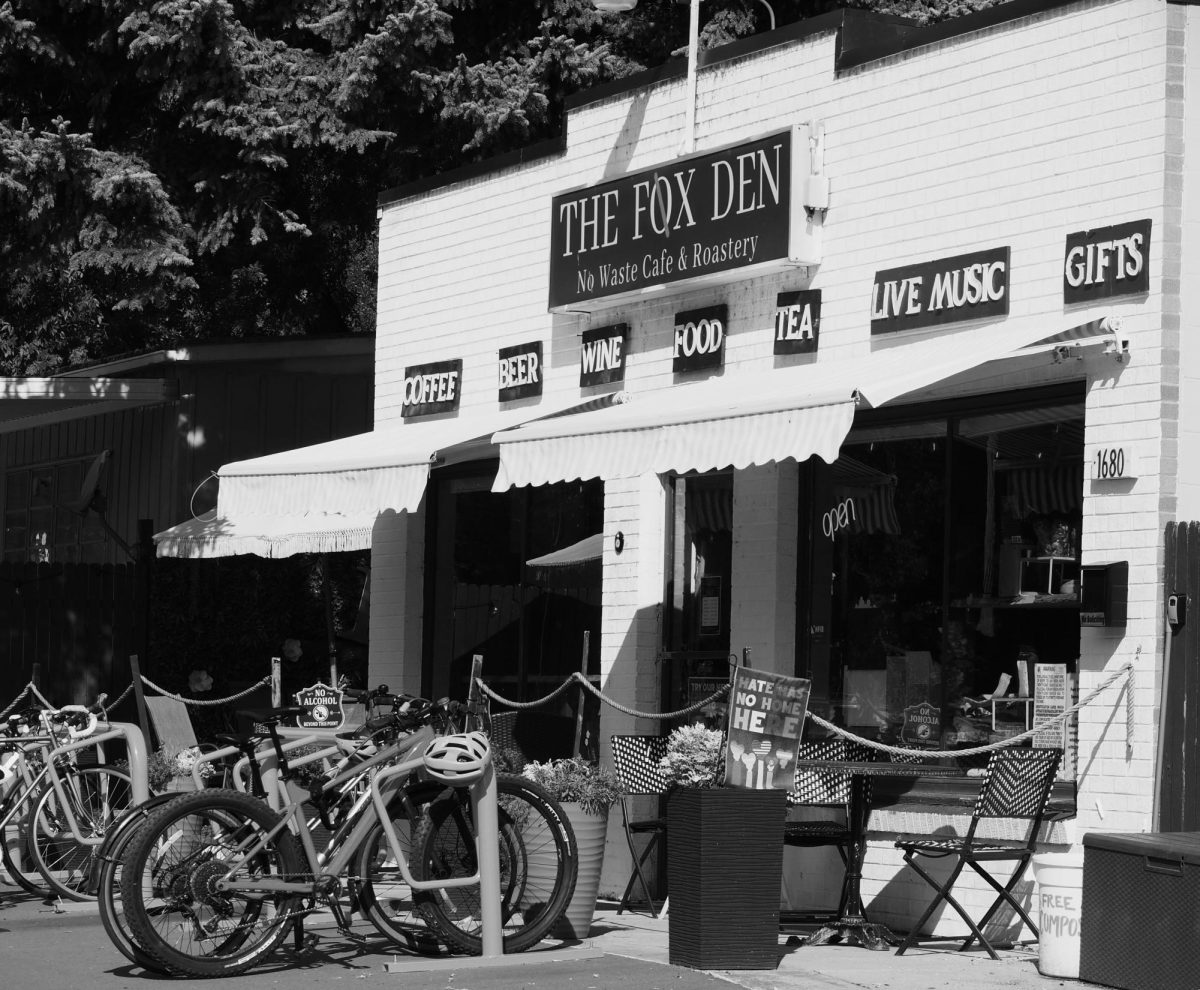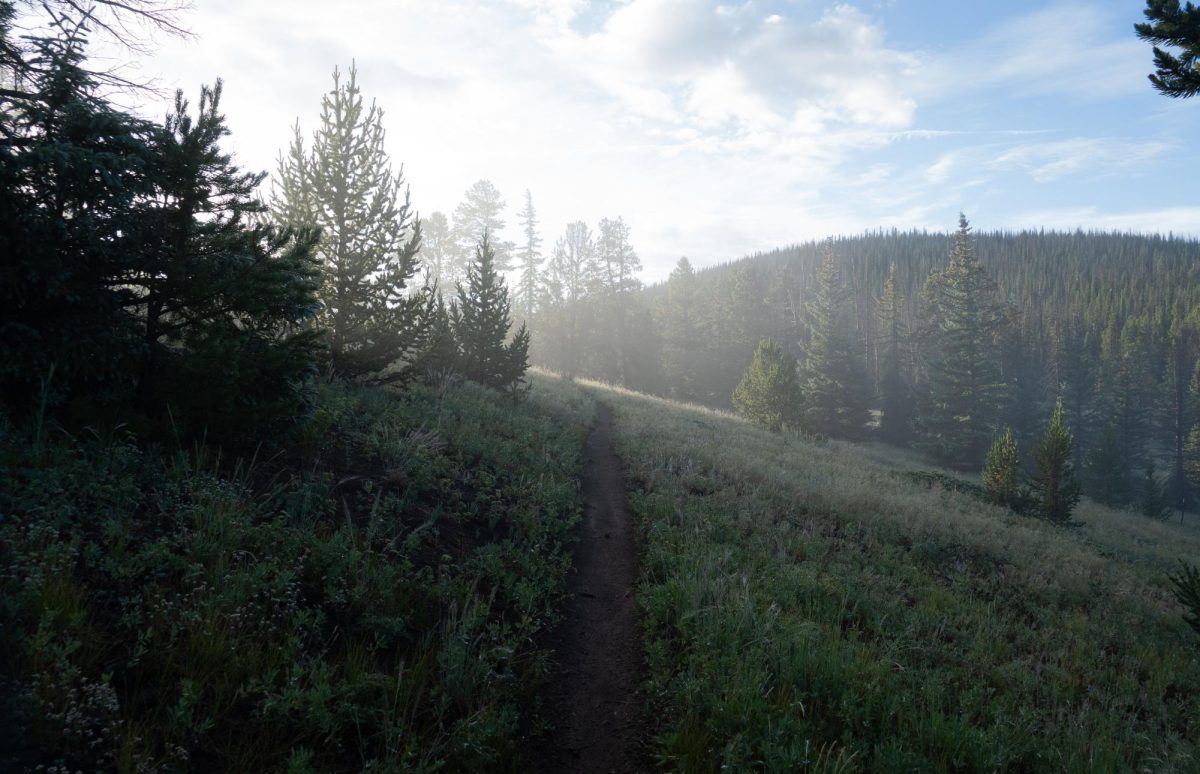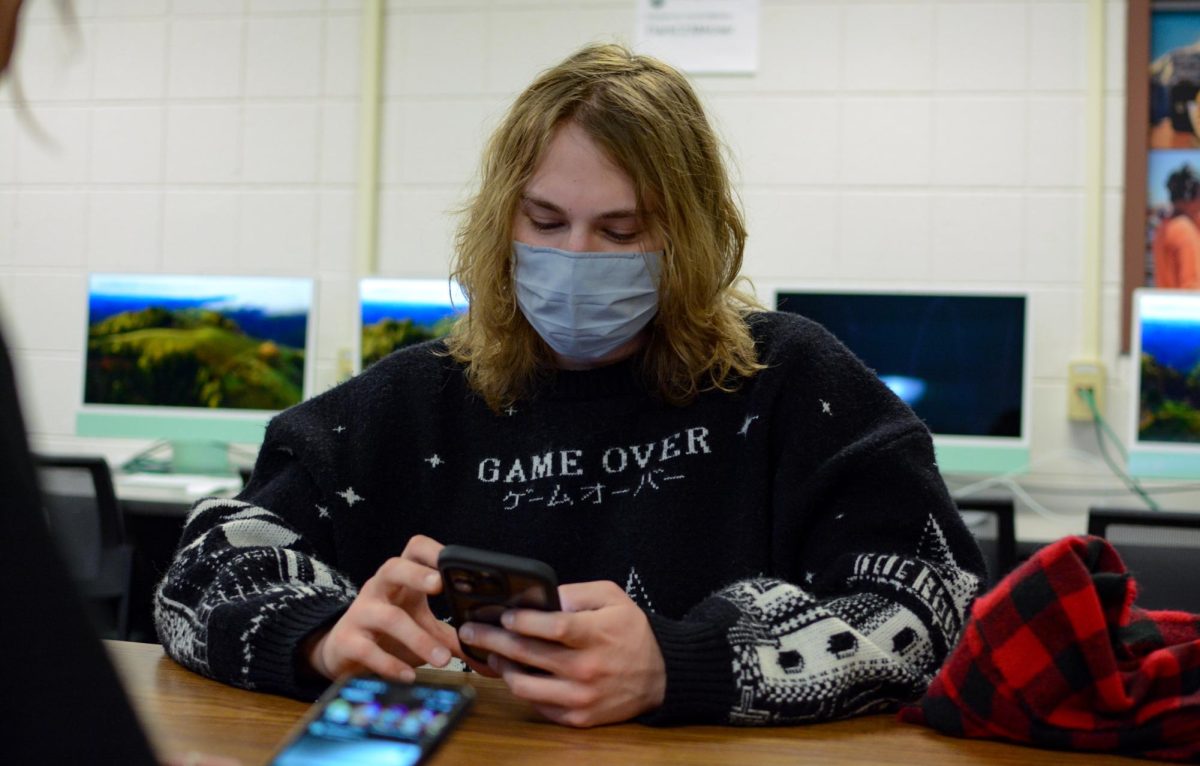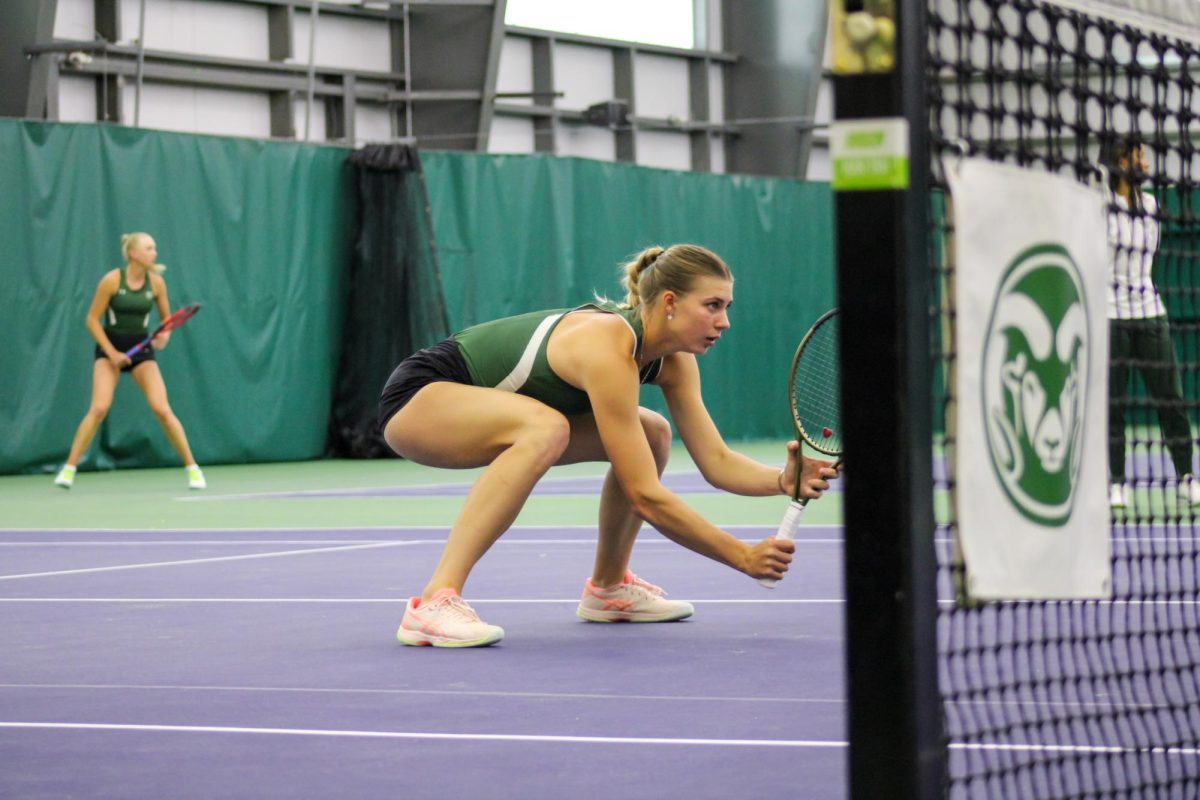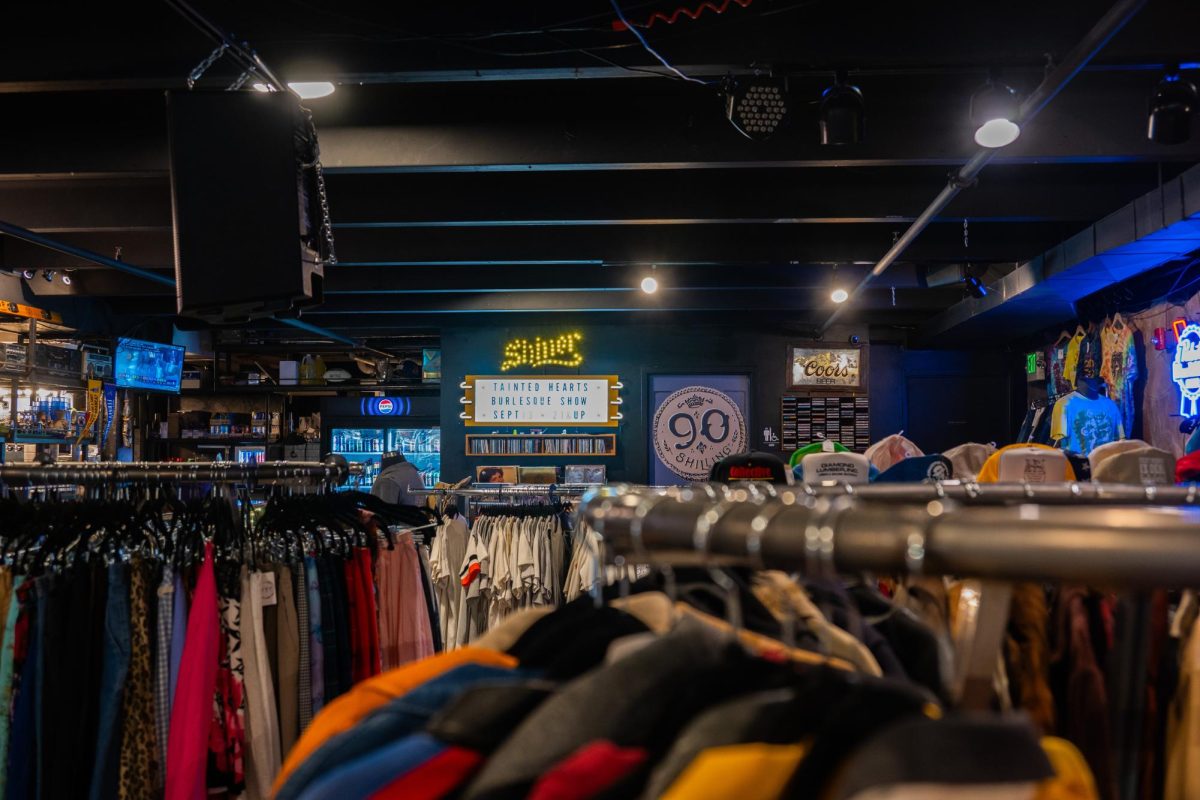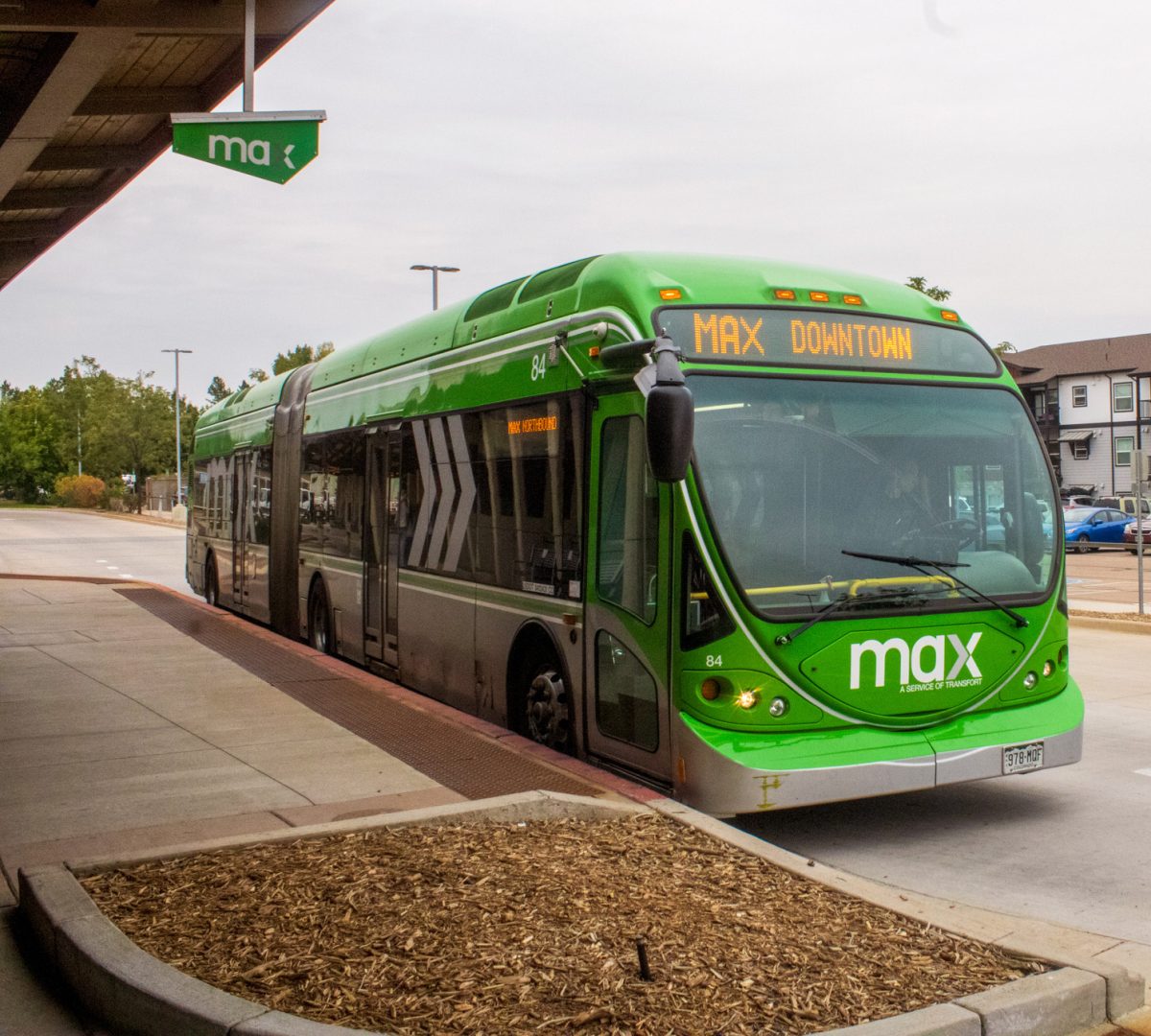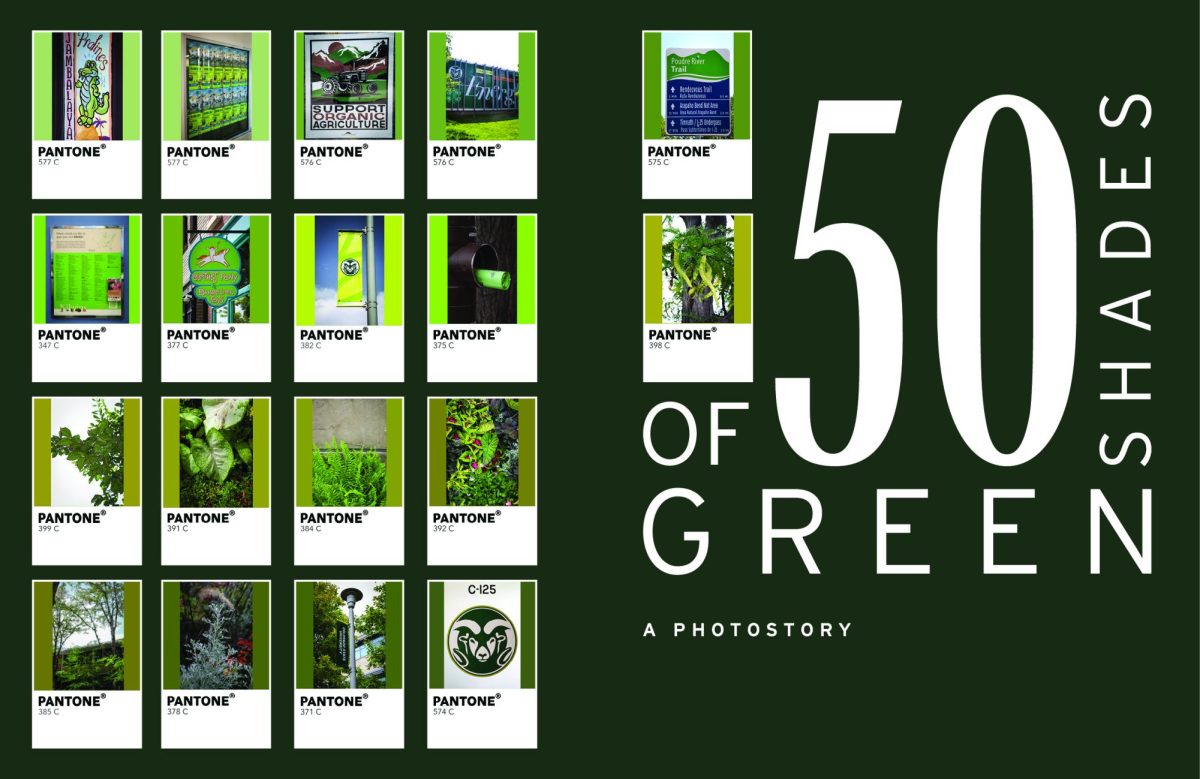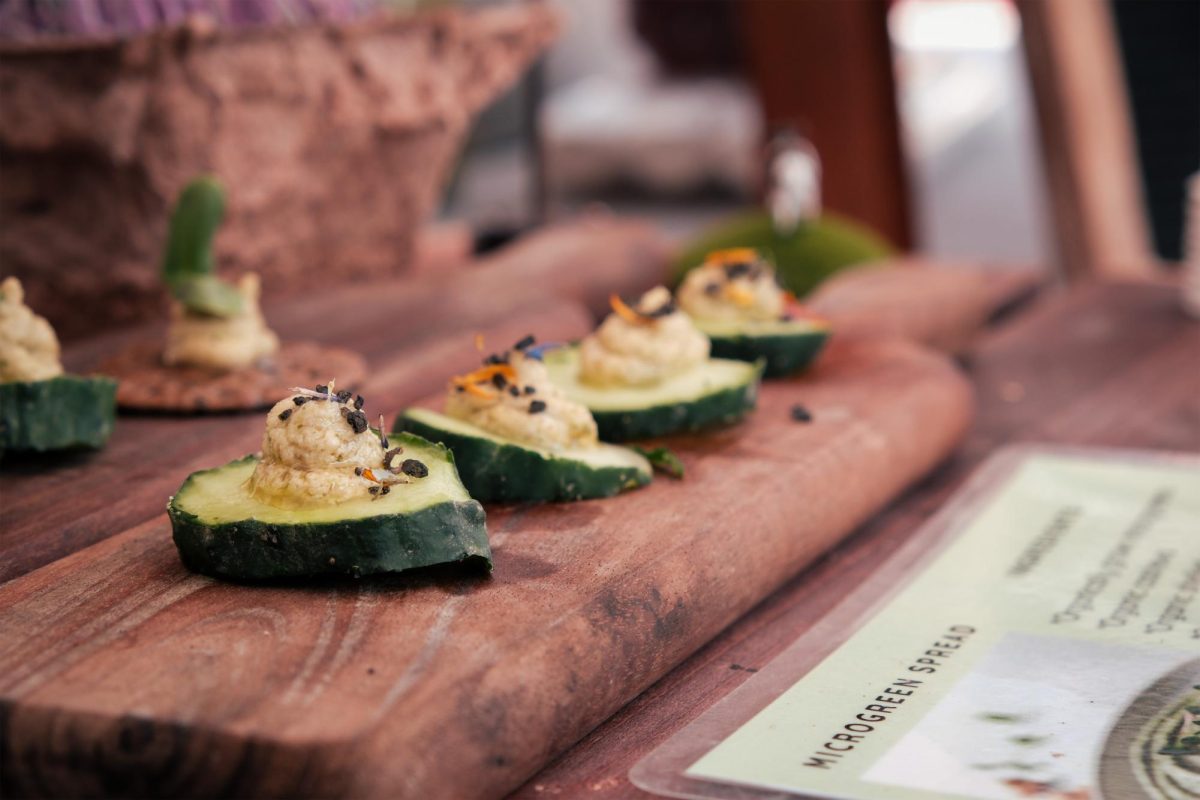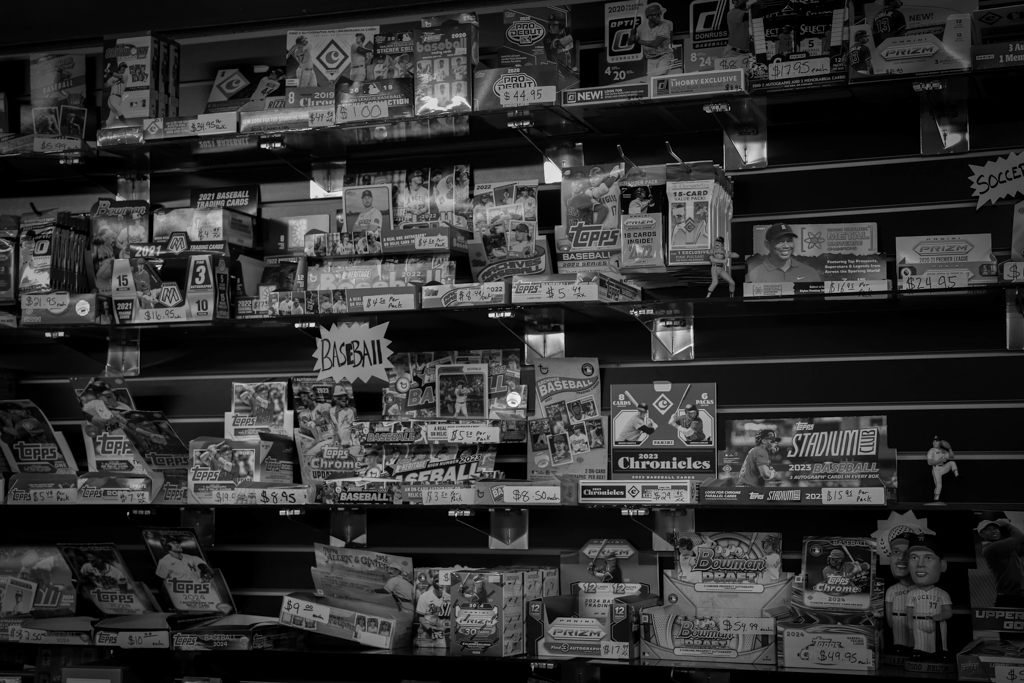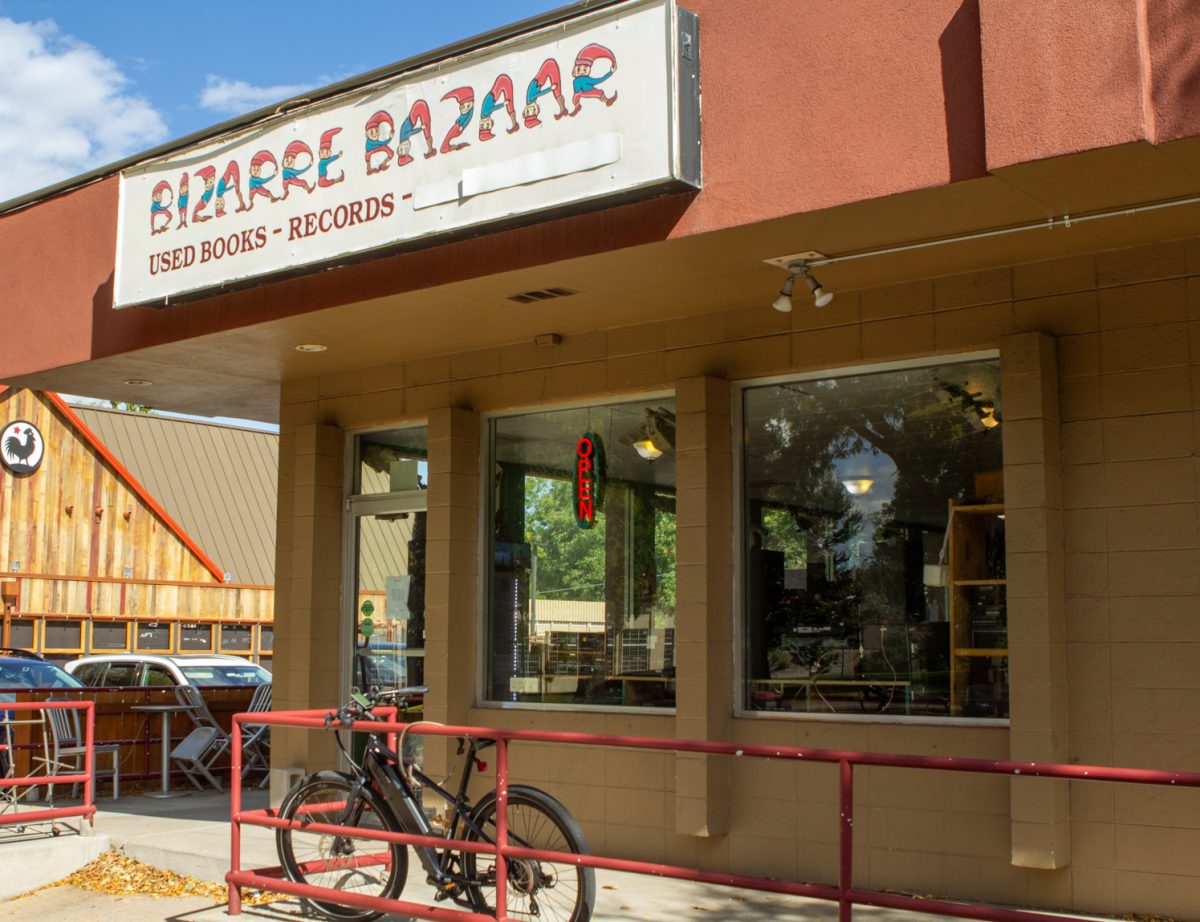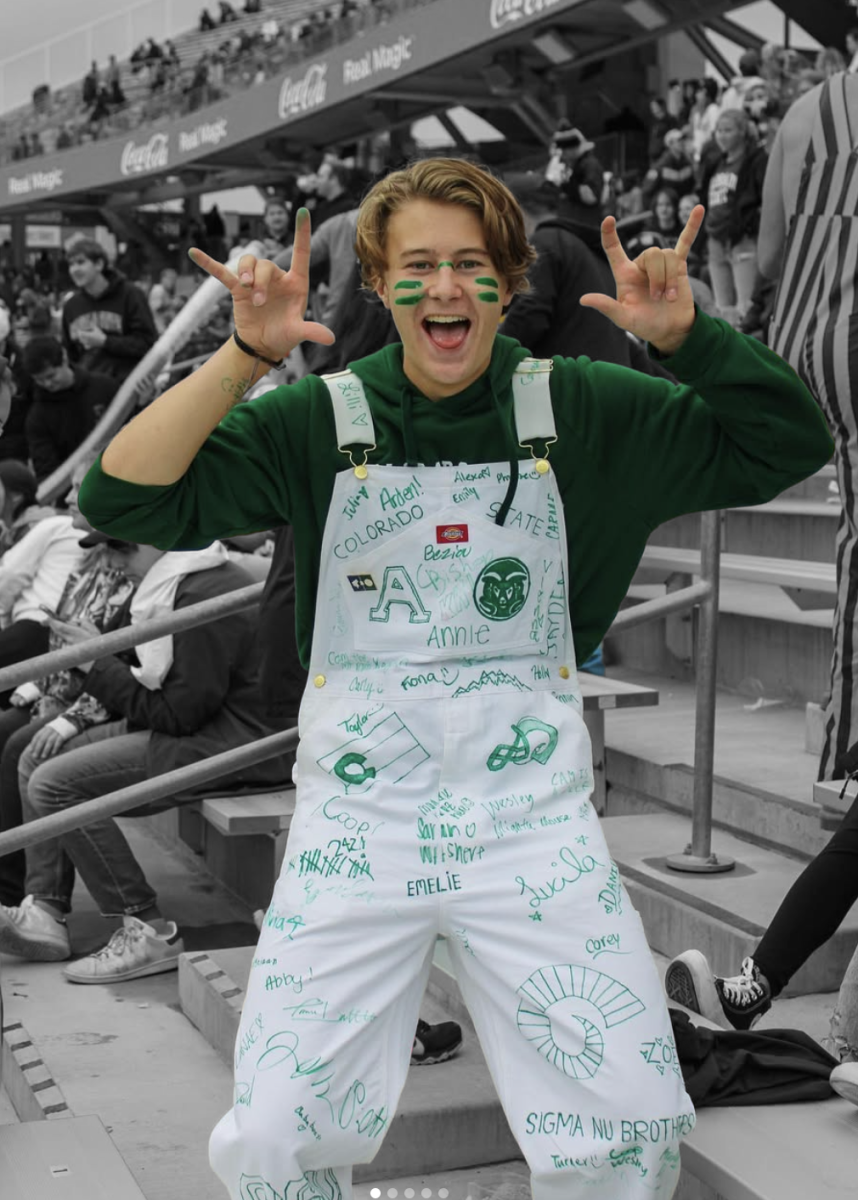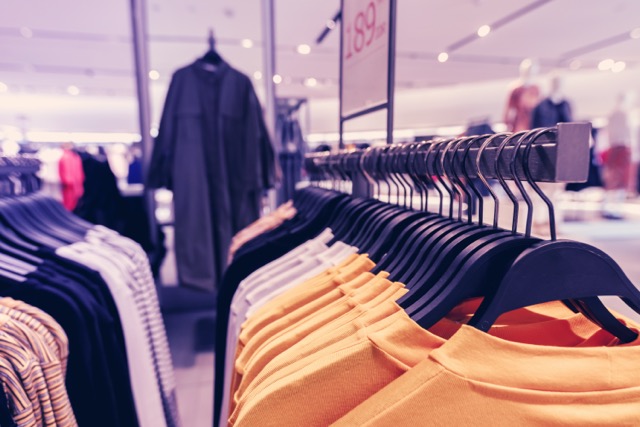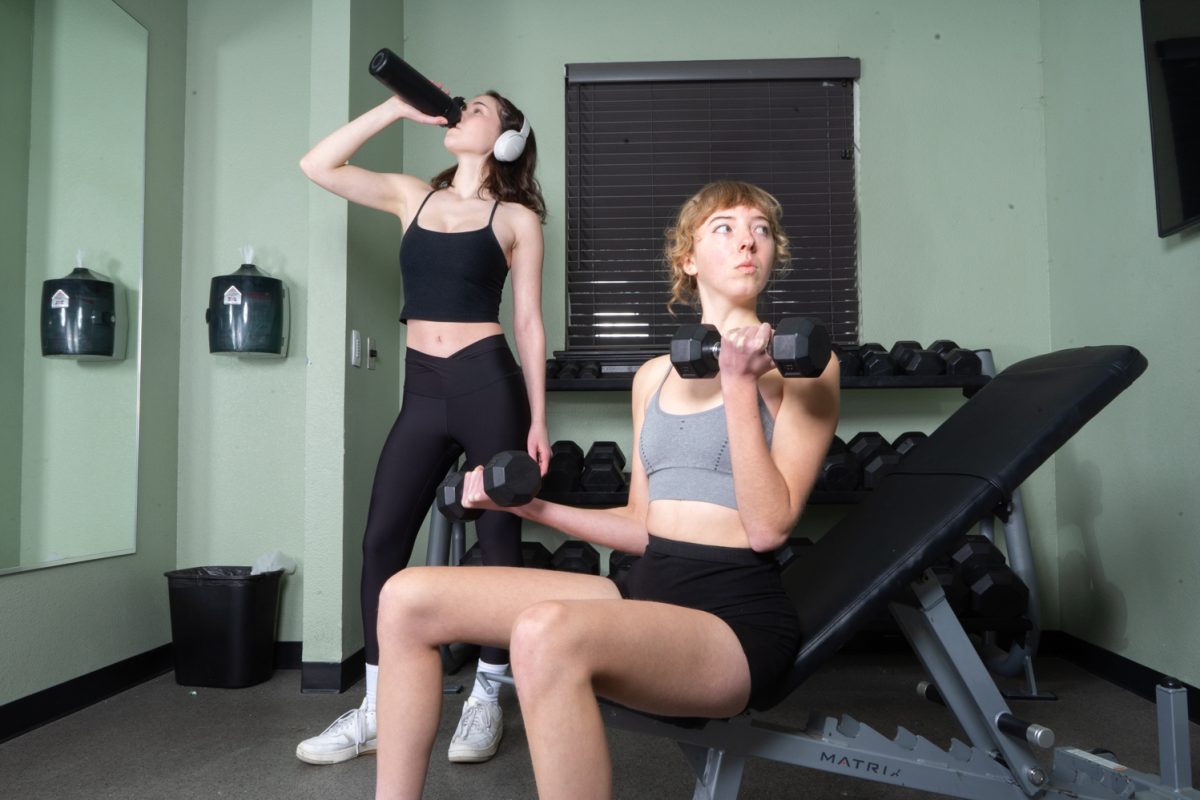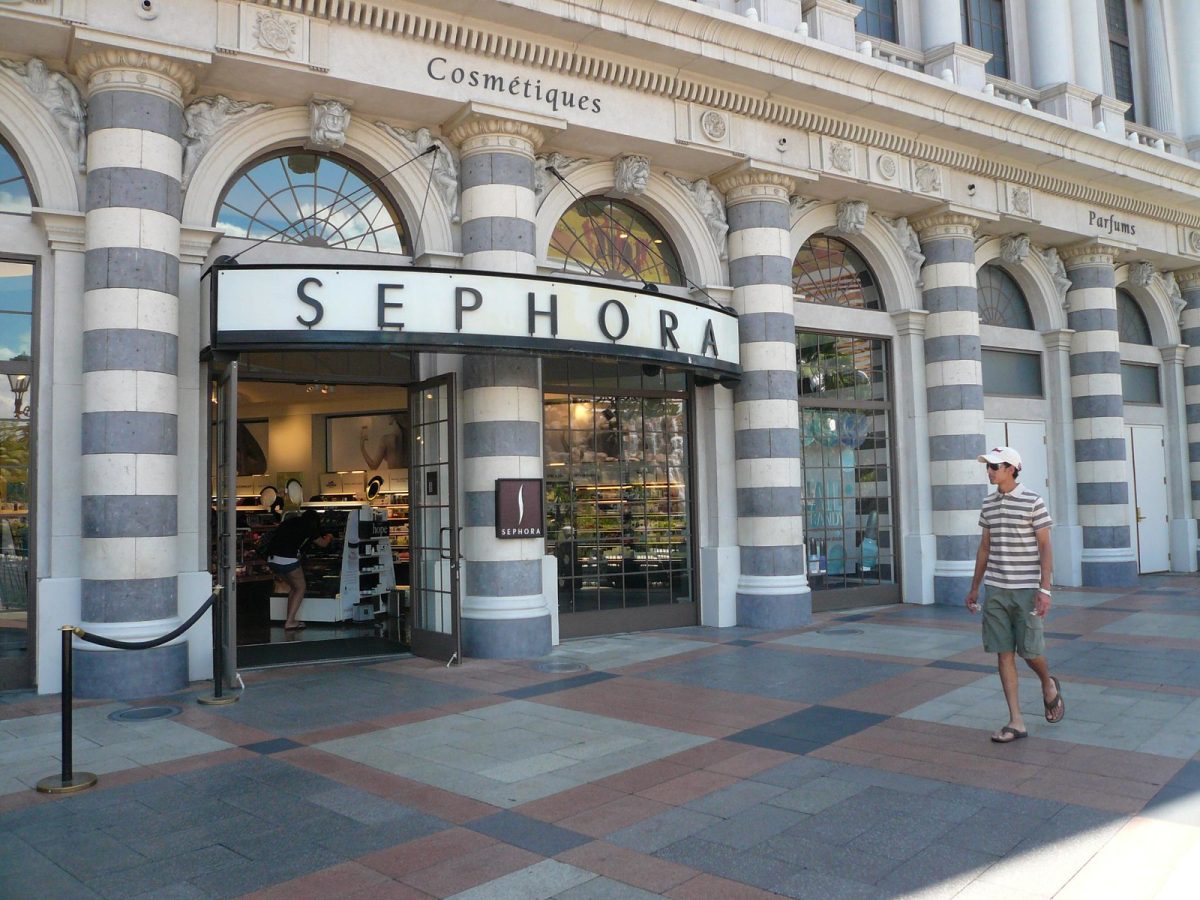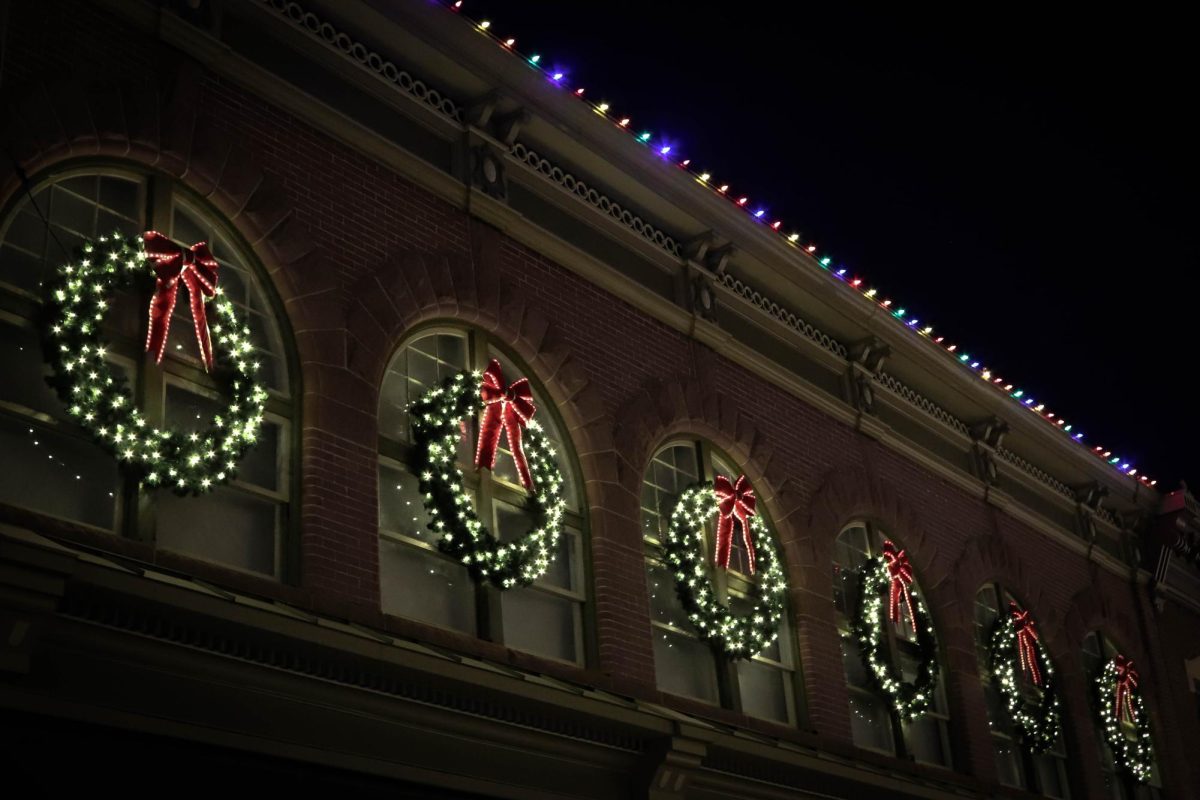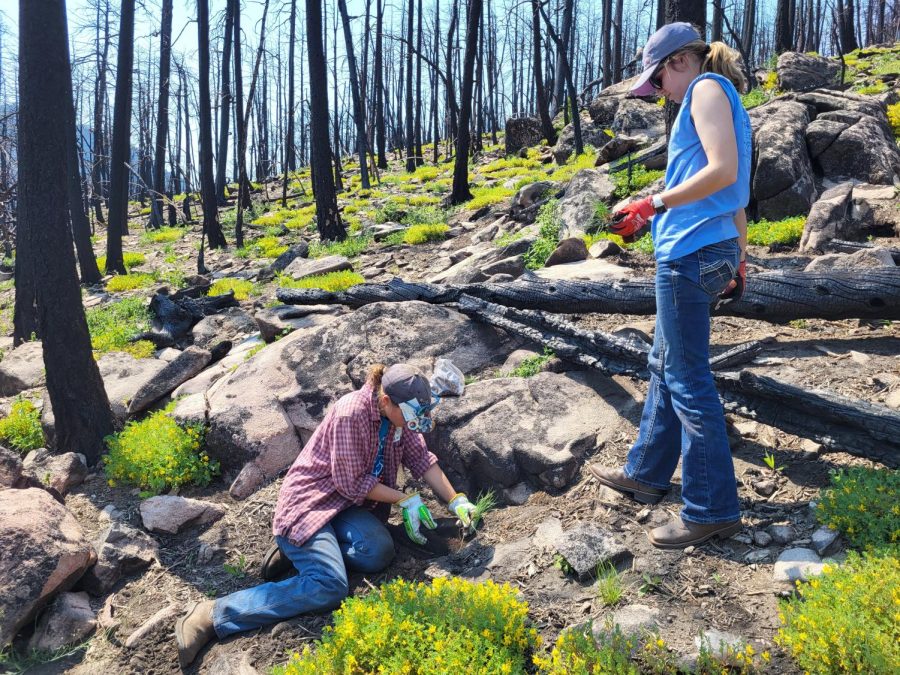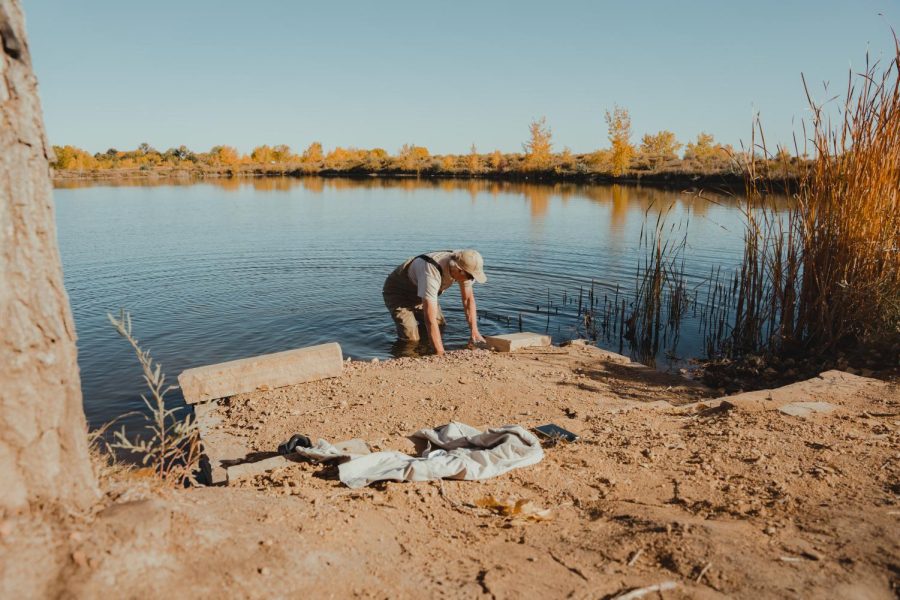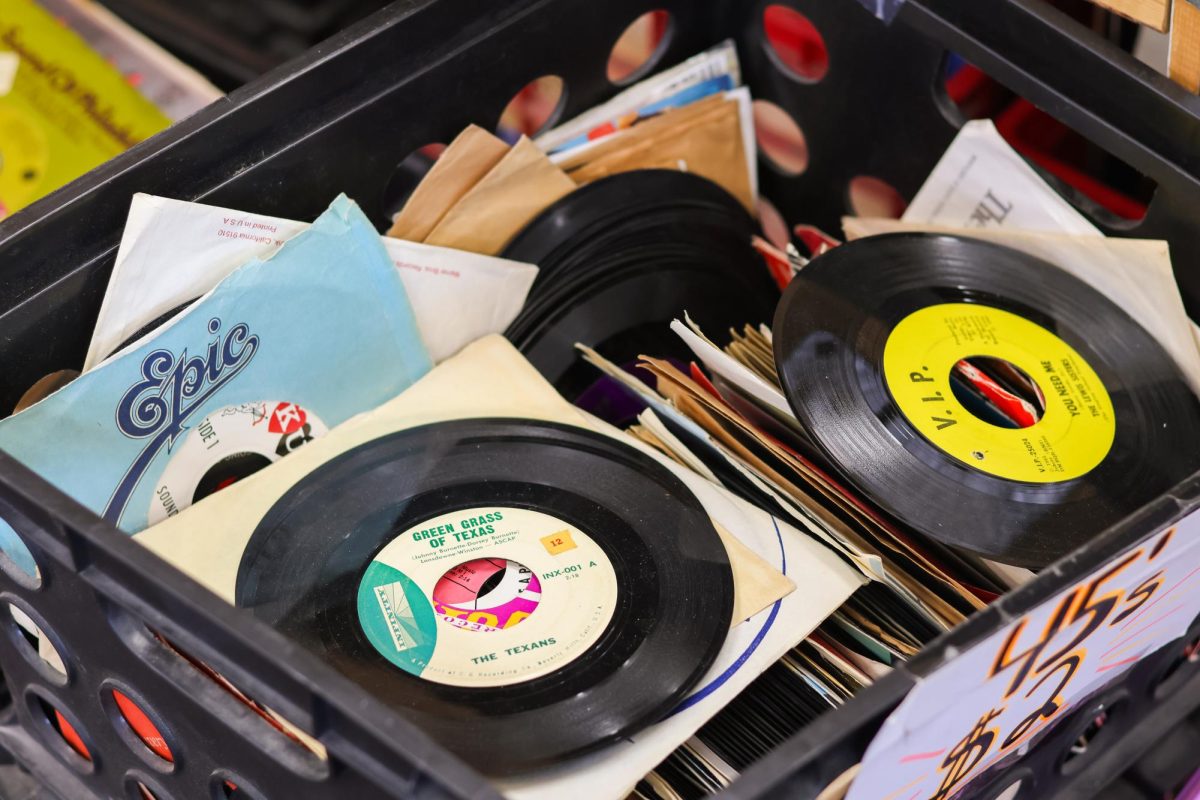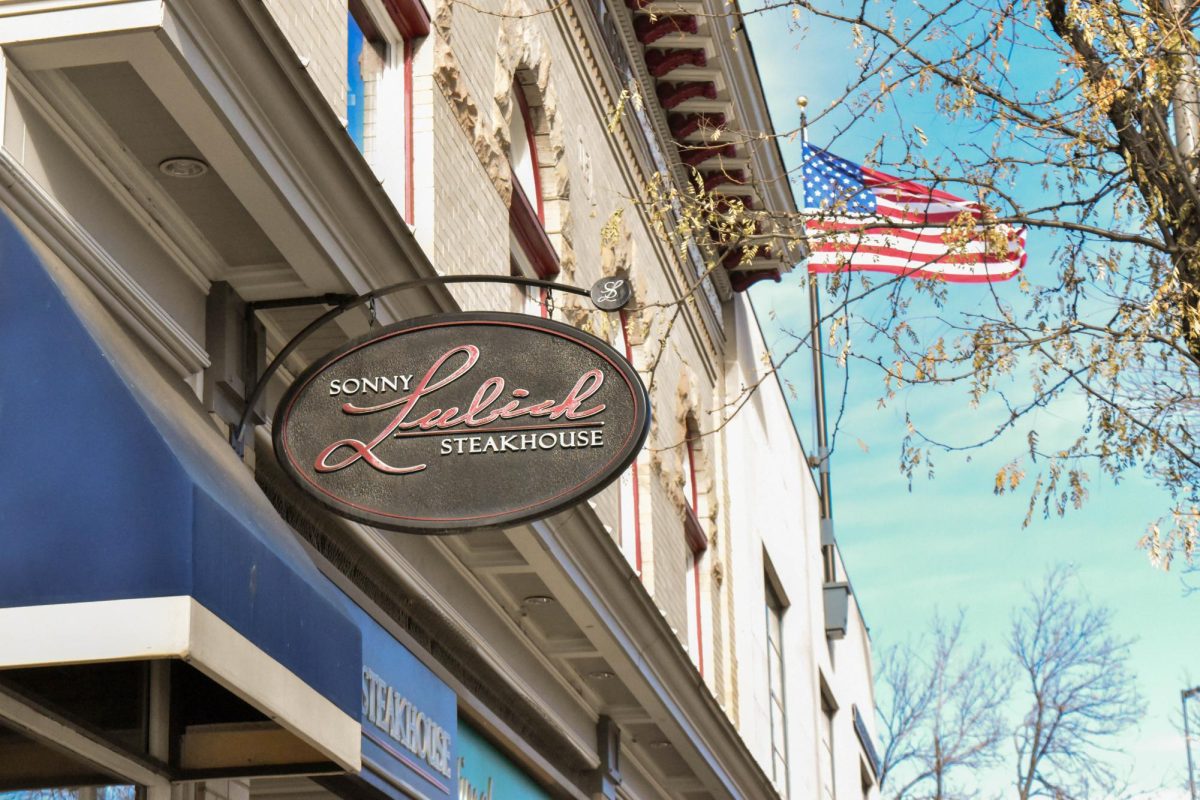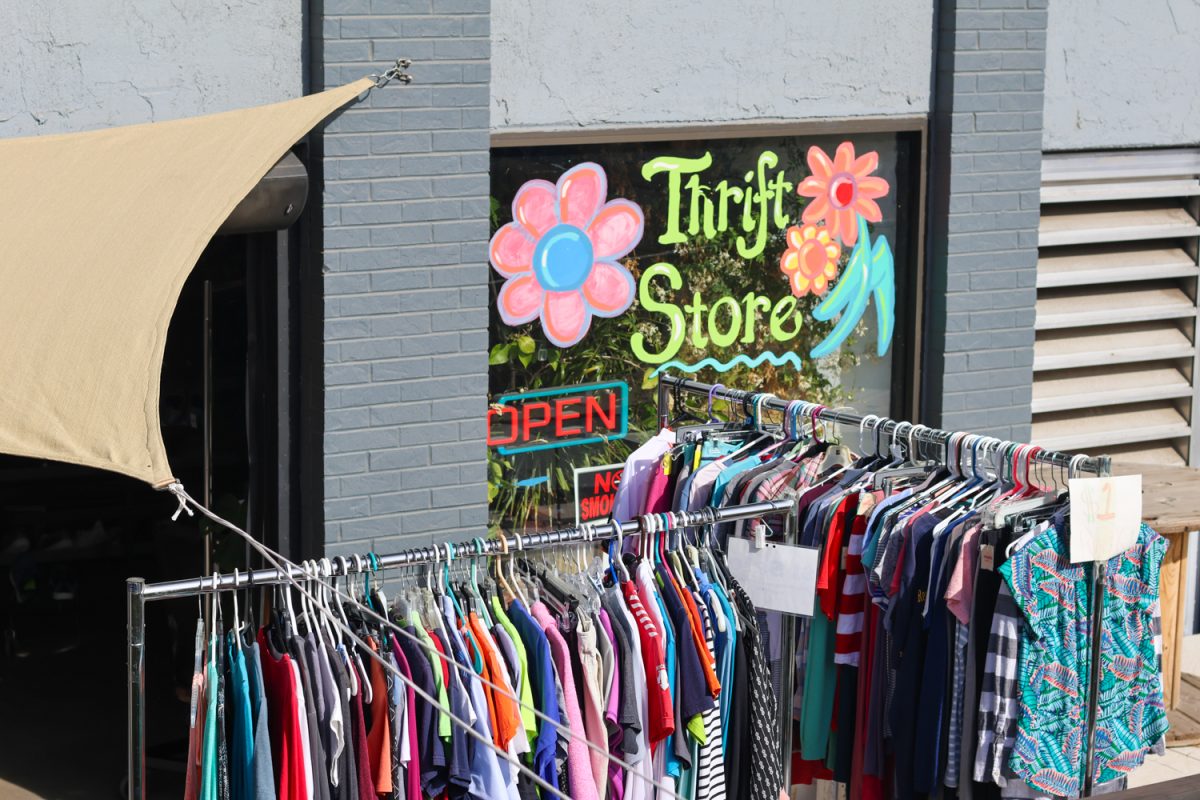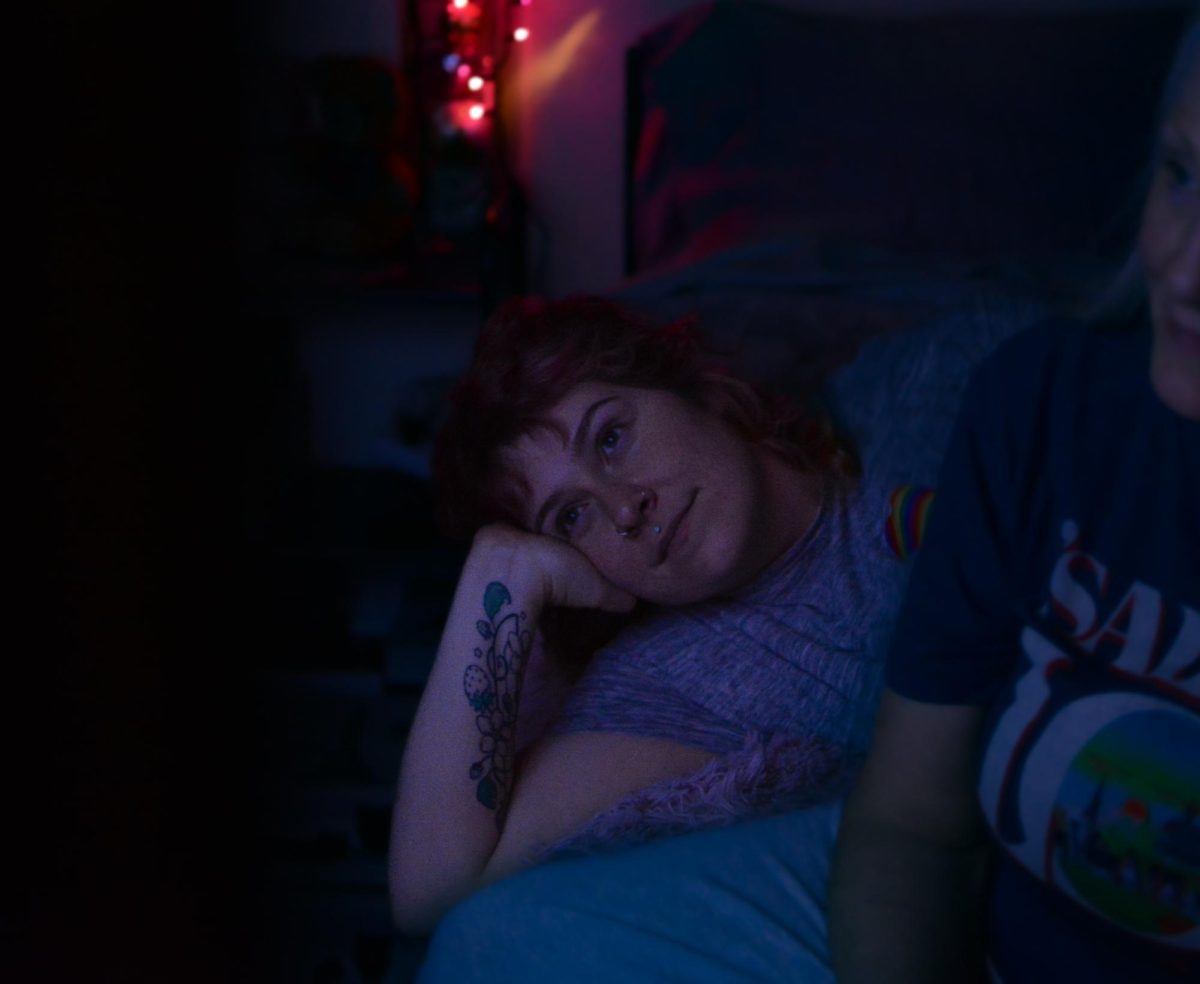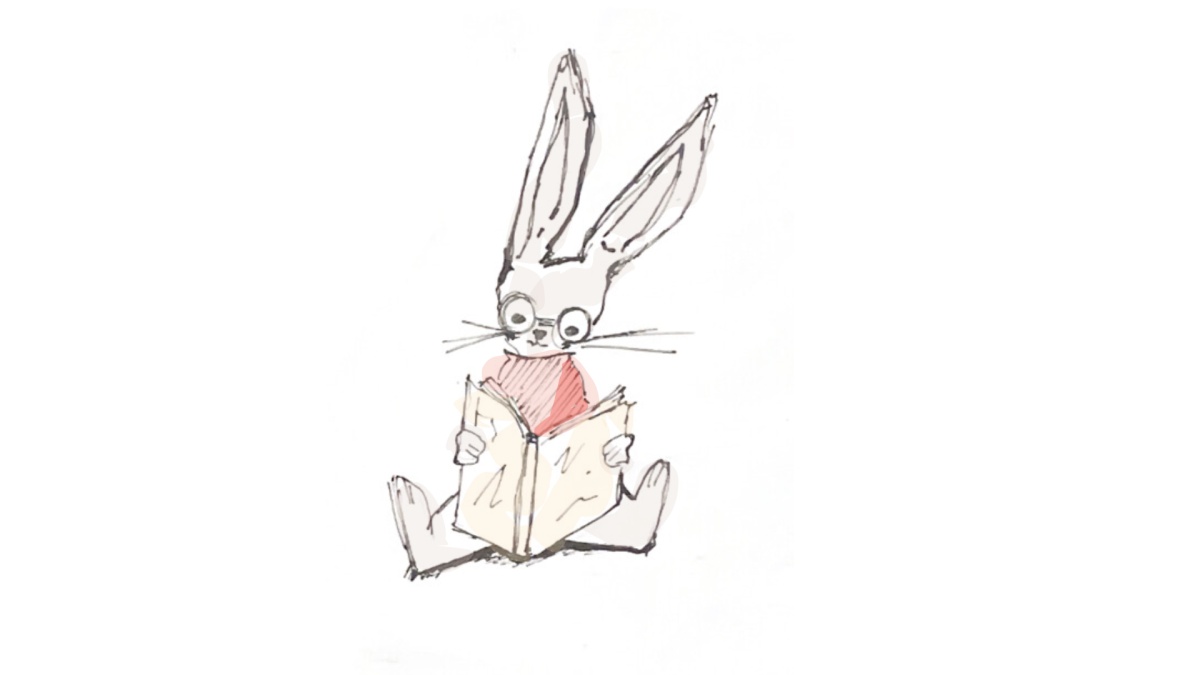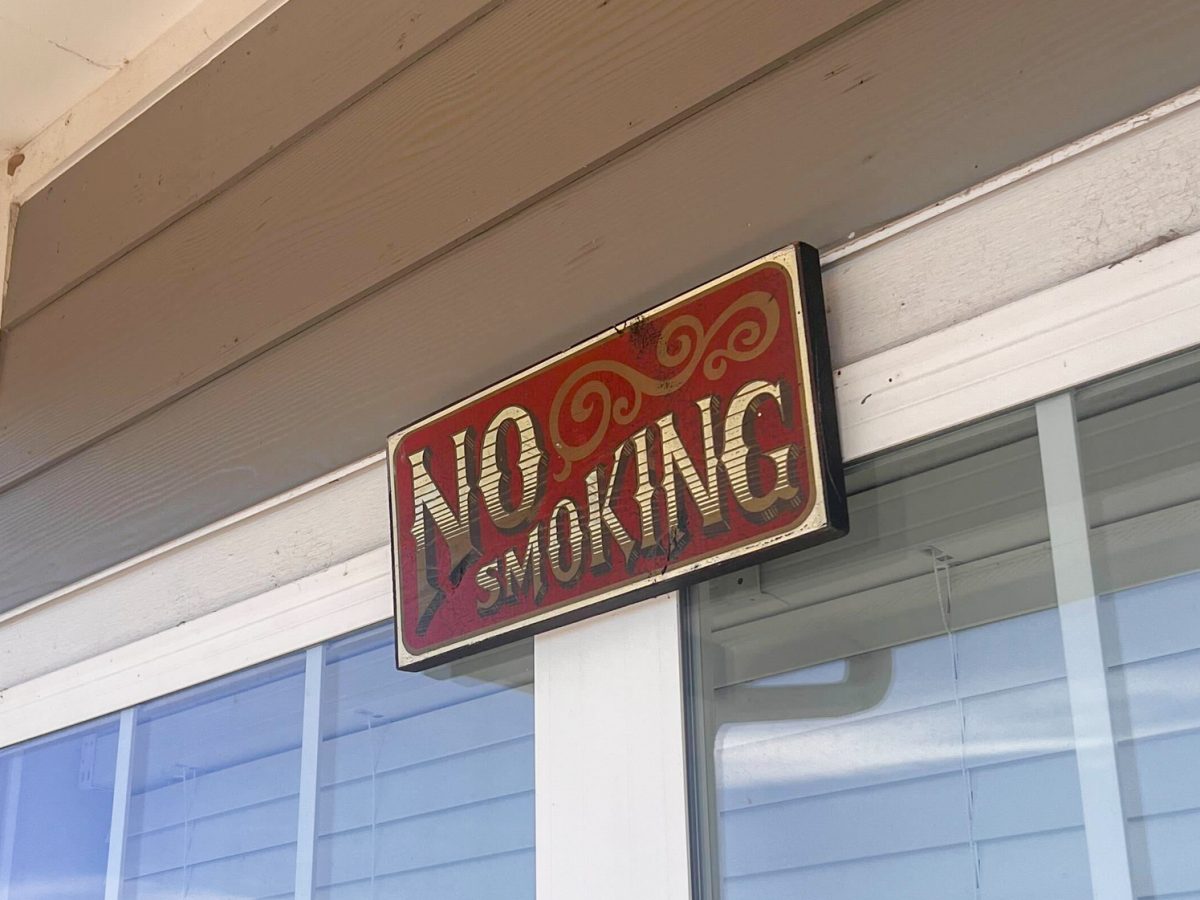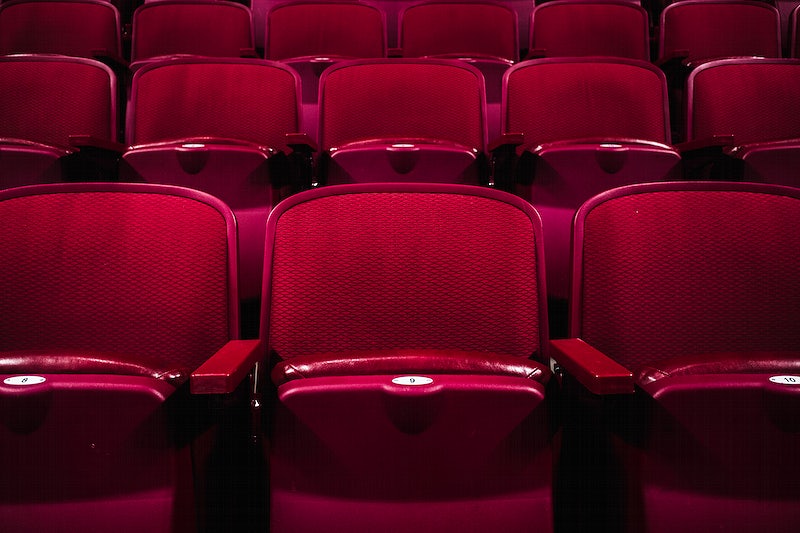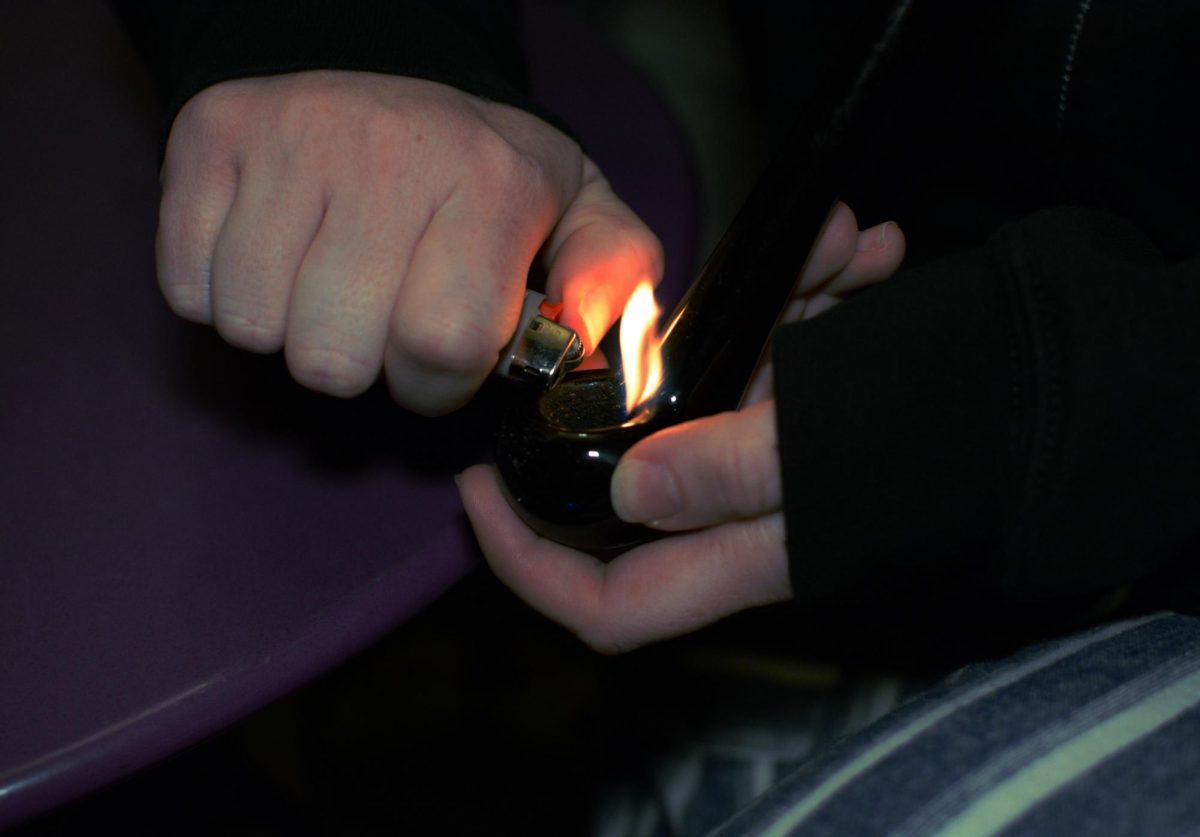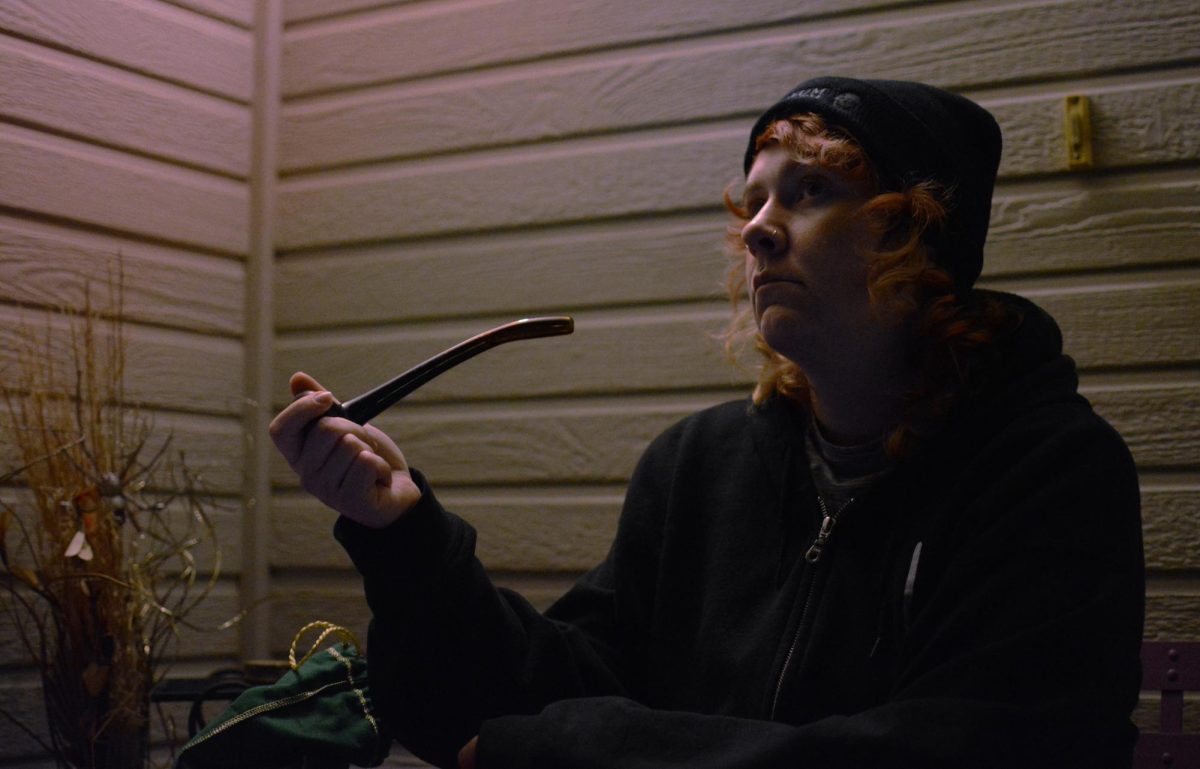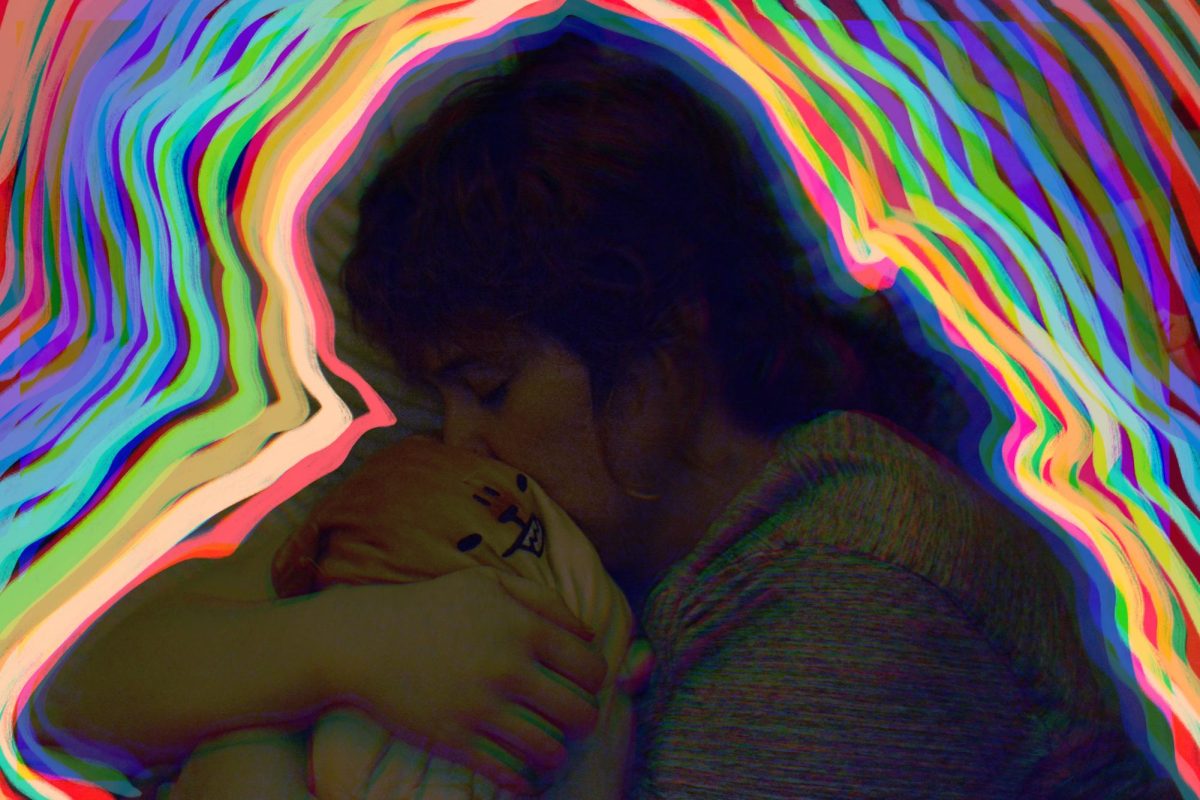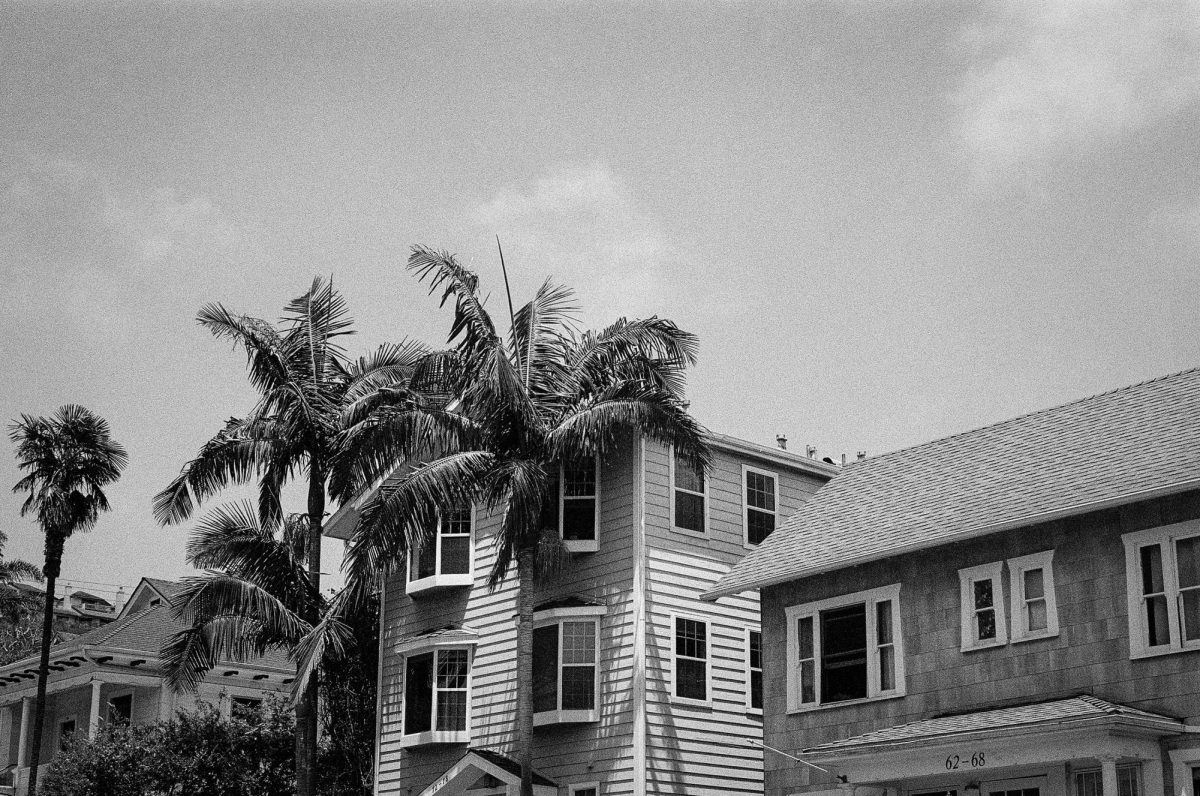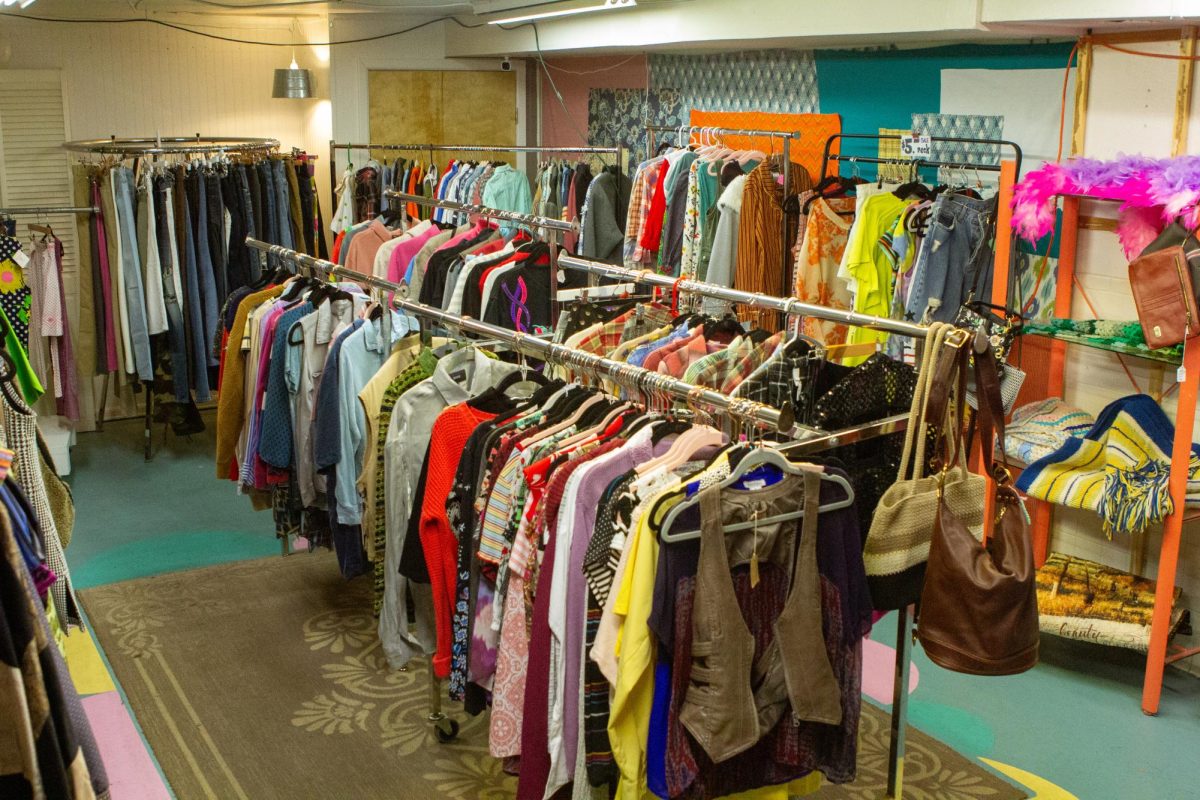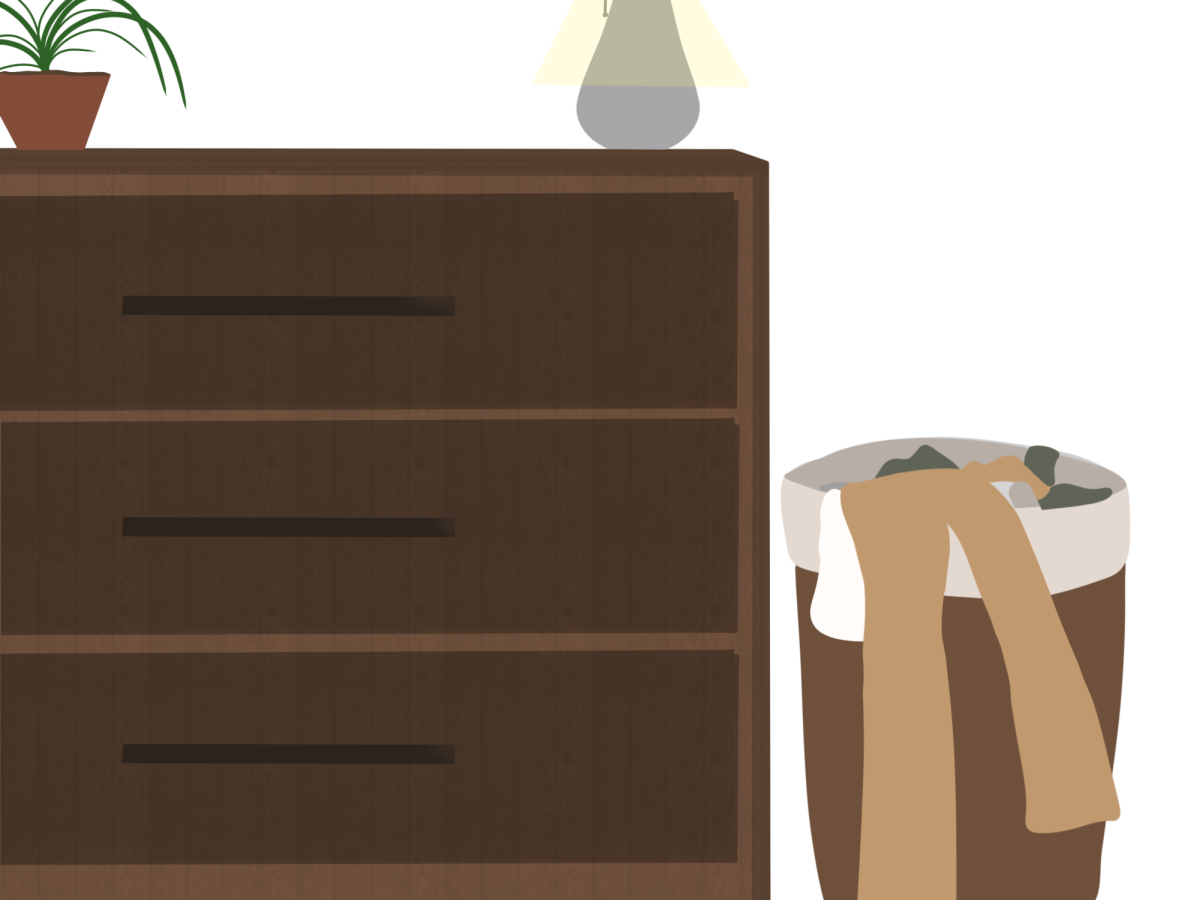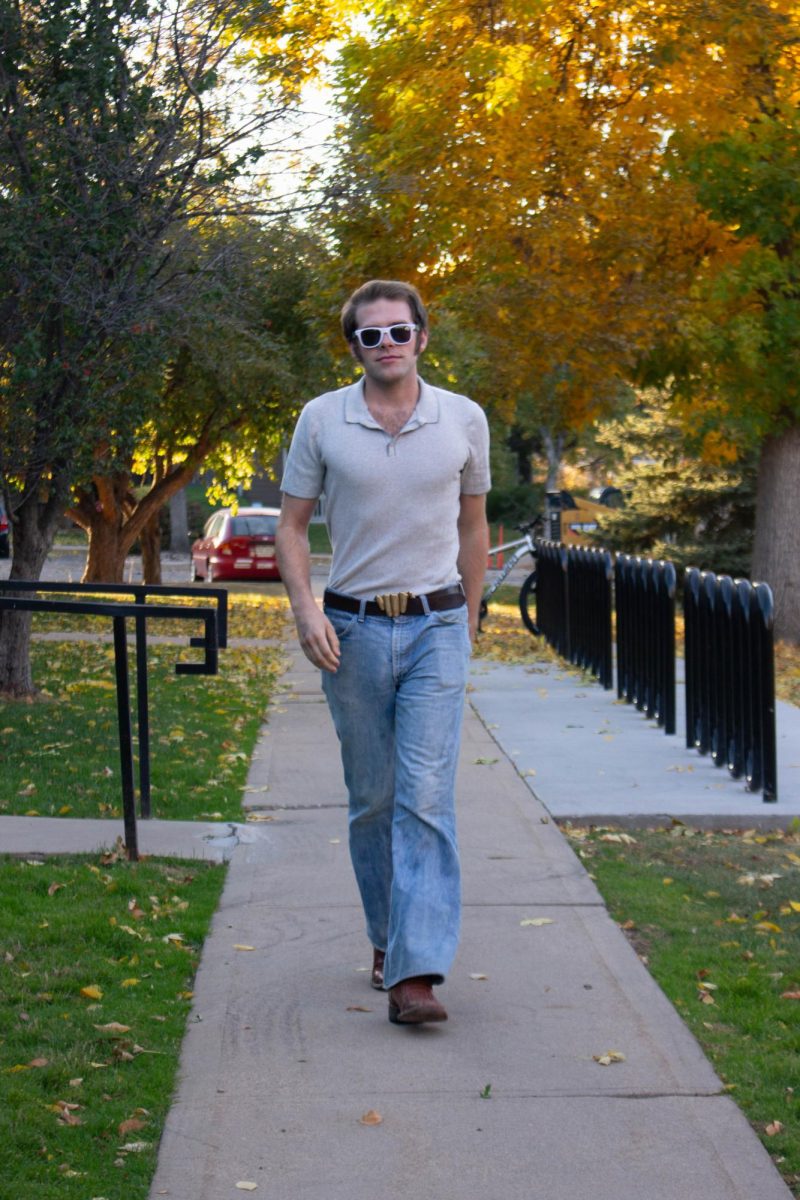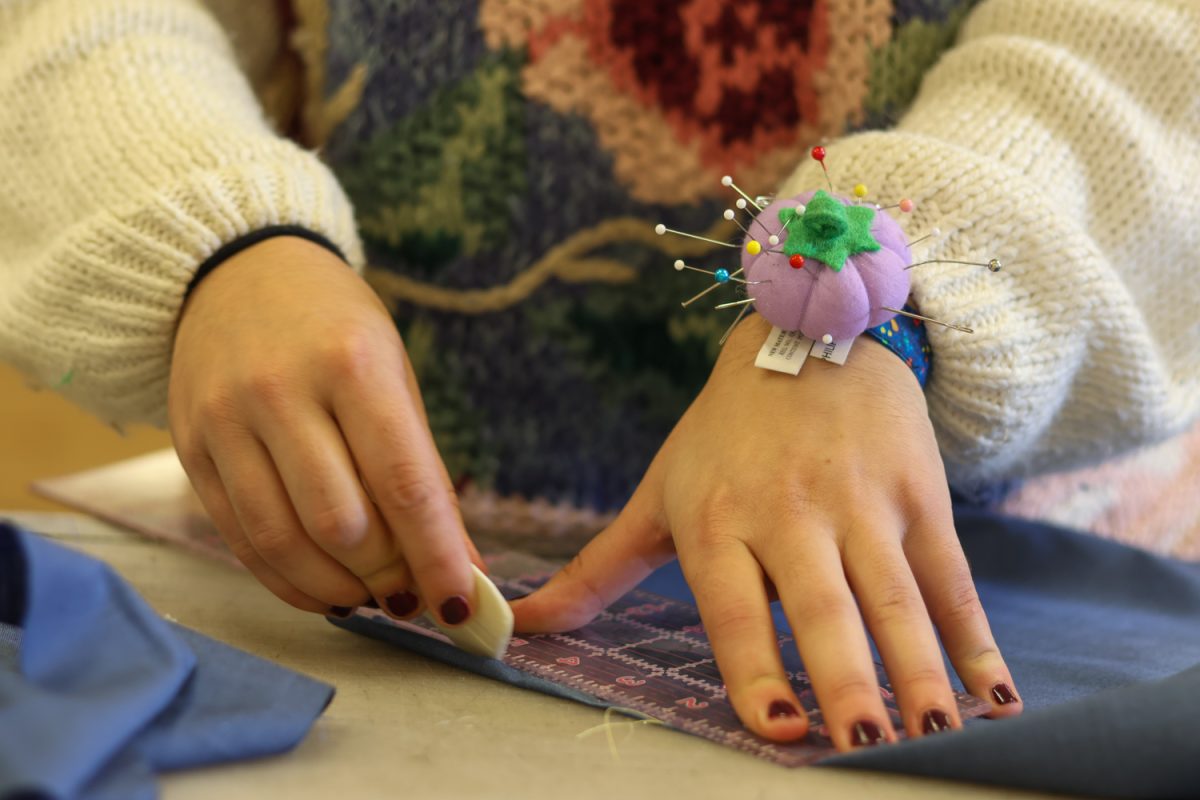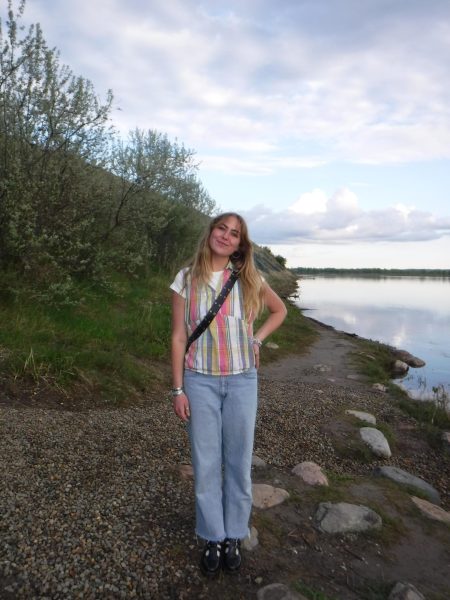College campuses have long been hotbeds of fashion experimentation and expression, and Colorado State University is no exception. On any given day, a stroll across the Lory Student Center plaza highlights the diverse and inclusive styles of the 2020s, which seem to take on personalities of their own within the student body.
One of the defining trends on campus has almost absolutely nothing to do with social media’s fleeting trend cycle, but rather bold displays of self-expression via unique and sustainable pieces. This push for individualism is why thrift culture predominates in the fashion sphere in Fort Collins.
The students and faculty in the Department of Design and Merchandising at CSU have consistently prioritized the importance of incorporating fashion education with questions of sustainability in both design and consumption.
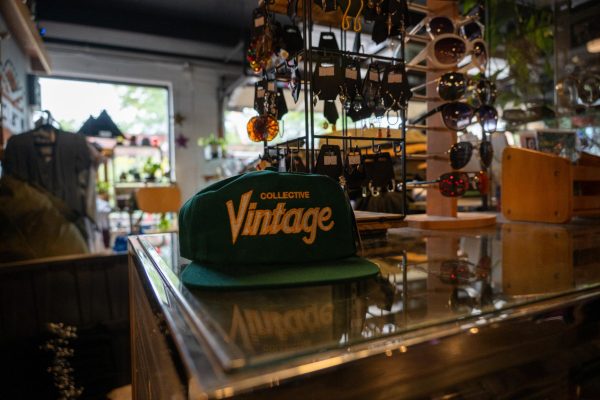
“Thrift culture, but also upcycling and making things into something new and styling them differently, are so important. Our students are so great at that, and we all learn from each other, and we pick up things, and it’s like, Oh, where did you get that? I got that at this thrift store. Where did you get that? I got this at a saddle making store. We’re always trying to tell each other about things and getting inspired,” said Dr. Kayna Hobbs-Murphy, an assistant professor of design and merchandising at CSU.
Statistics in a 2024 resale report emphasize the mass consumer ideology shift taking place amongst the general public when it comes to finding their next outfit. The report found that the global secondhand apparel market is expected to reach a value of 350 billion dollars by the end of 2028, growing three times faster than the overall global apparel market. Additionally, 42% of all consumers believe the government should take legislative action to help promote sustainable fashion, compared to 52% of Gen Z.
“So as people understand that these garments that we’ve been wearing are really toxic for our planet and off-gassing, there’s probably going to be major shifts, and there’s going to need to be lots of different people thinking about this stuff at every point of the cycle, not just designers,” said Hobbs-Murphy.
Shopping secondhand has never been more accessible, especially in Fort Collins, where there are over a dozen thrift stores and vintage shops to choose from.
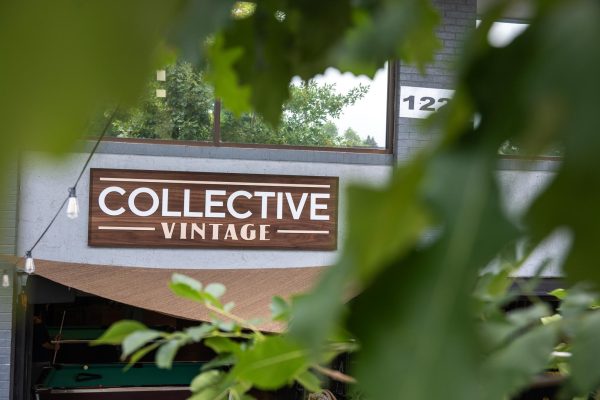
Marcus Quere, an employee at Collective Vintage, has been working in the secondhand sphere since 2016, when he began selling vintage clothing. He adds that now, when entering a thrift store, “it’s a lot of the younger kids looking for different styles and different things.”
“I think the younger generation kind of got behind a lot of what’s wrong with fast fashion, as it’s filling landfills, people are realizing it’s not good for you, and the quality is not as good as it used to be,” Quere said.
Collective Vintage is a popular employee-owned vintage and secondhand store located on the west side of campus. Quere shares that “our goal is to keep clothes out of the landfill and reuse them. We carry really high-quality stuff, and we have stuff at basically every price range; if you’re looking to spend $8 or if you’re looking to spend $150, we have a good mix of that.”
Shopping second-hand allows consumers to buy unique pieces and sustainably experiment with various styles. As more people turn to secondhand shopping, as opposed to mass-produced garments, the possibilities of what fashion can mean are endless.
“I mean, I hope that it continues to grow, because style is never-ending. It always changes. And that’s kind of the fun of it, because you never know what you’re going to find at a thrift store. You never know what you’re going to find at Collective Vintage. It’s not standard; it’s not one style. It’s like making your own style,” said Quere.

